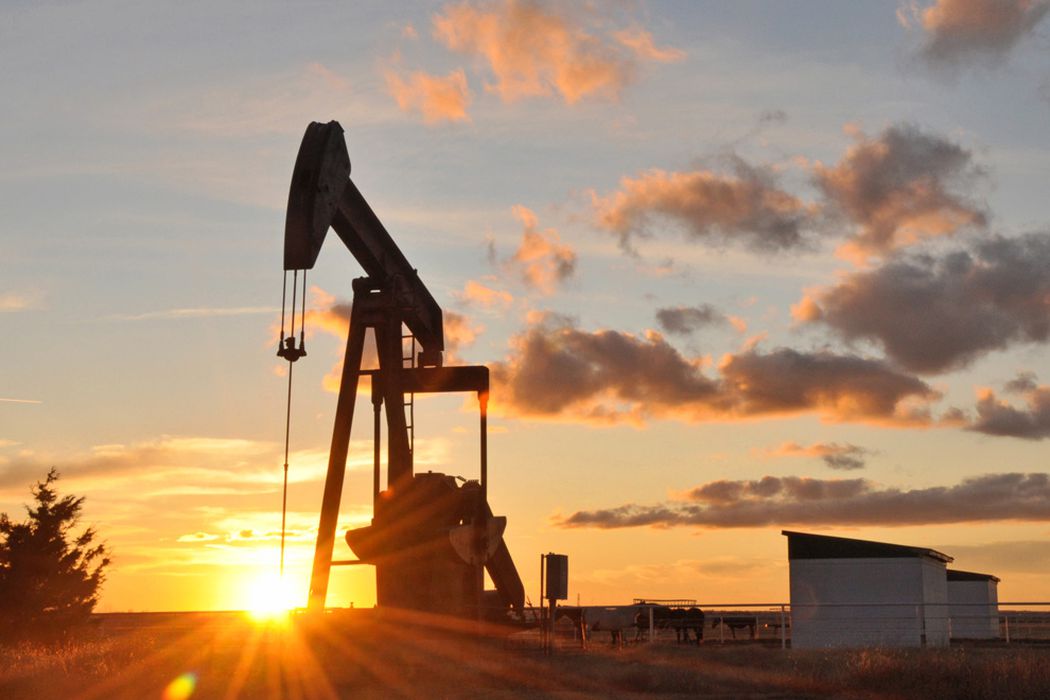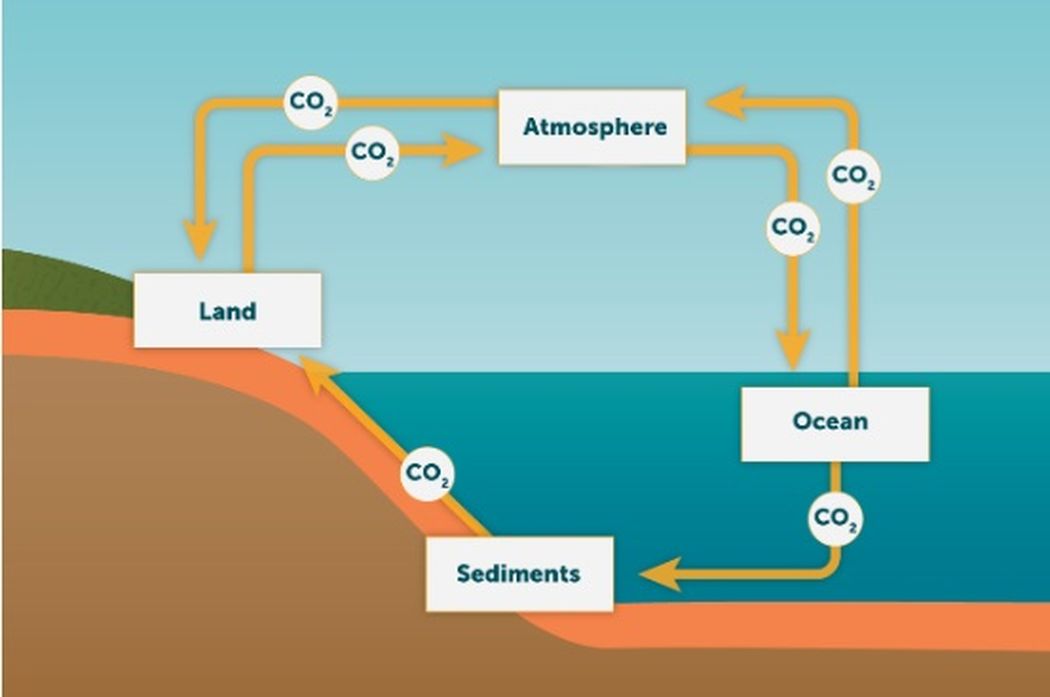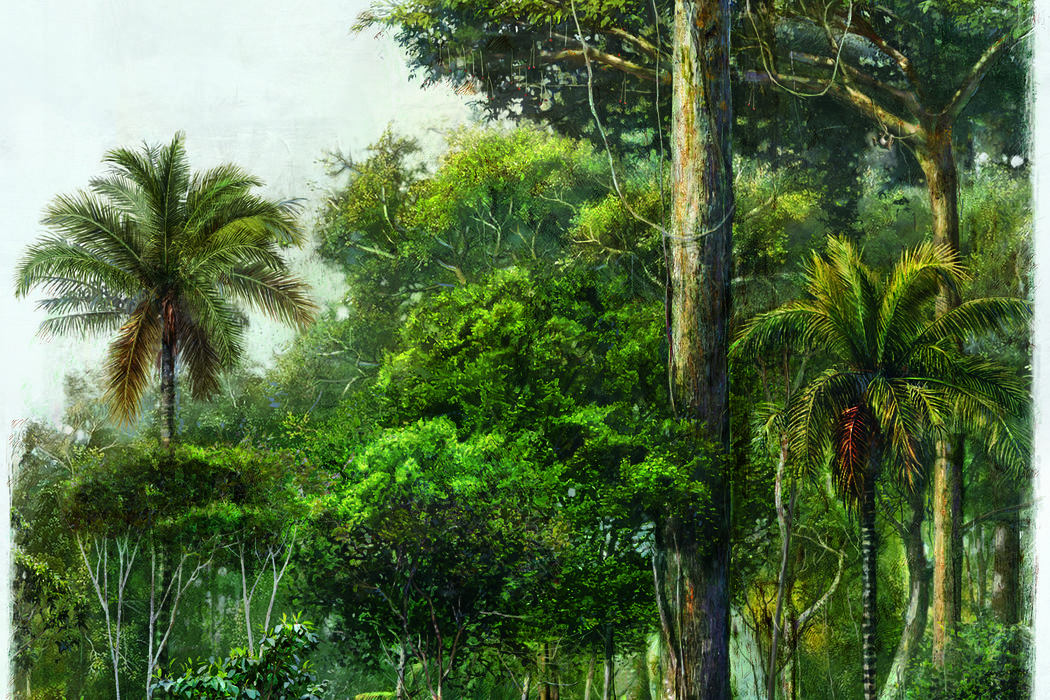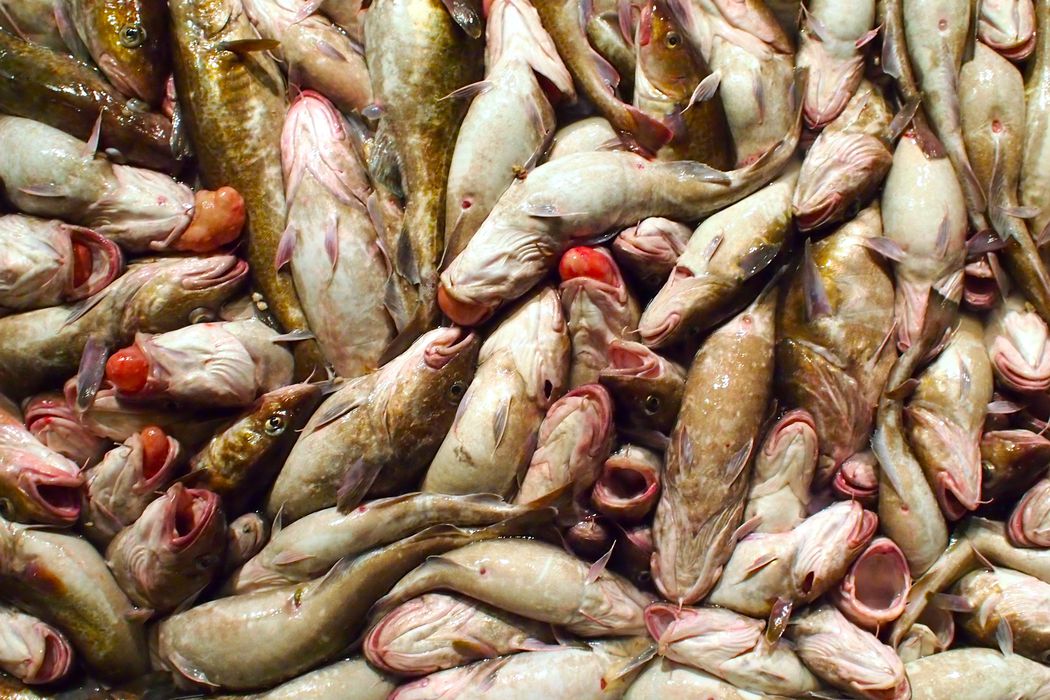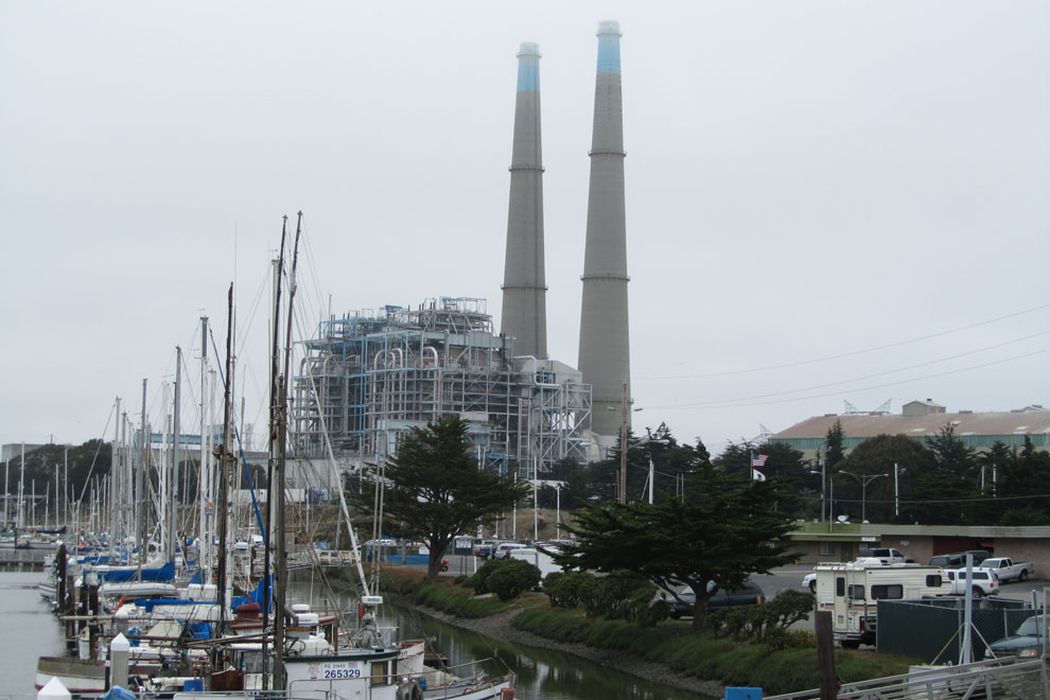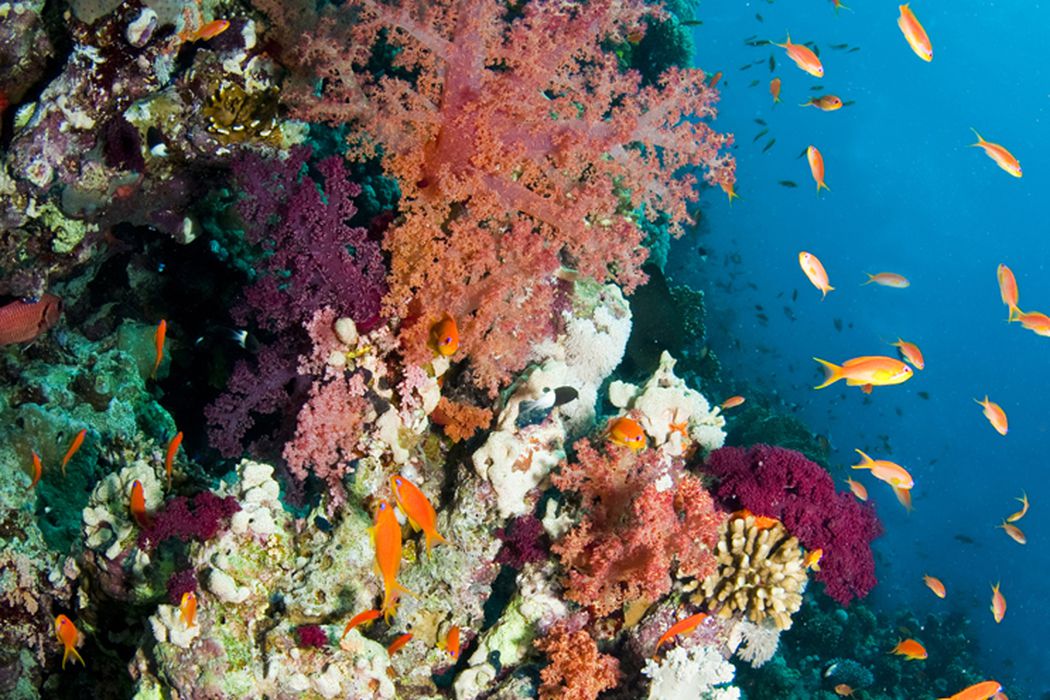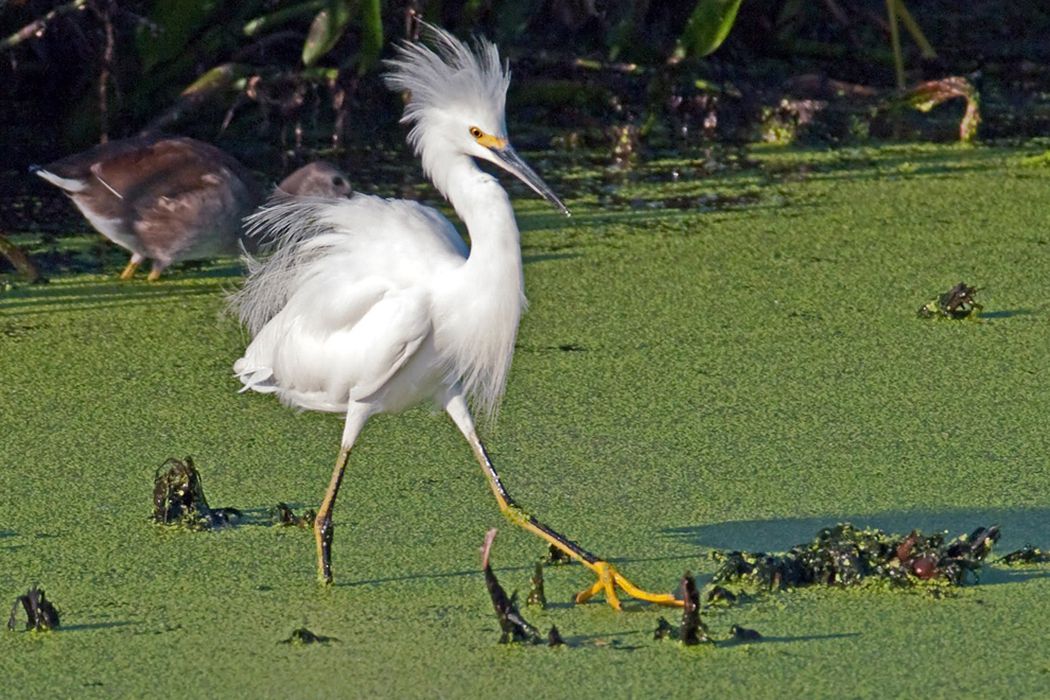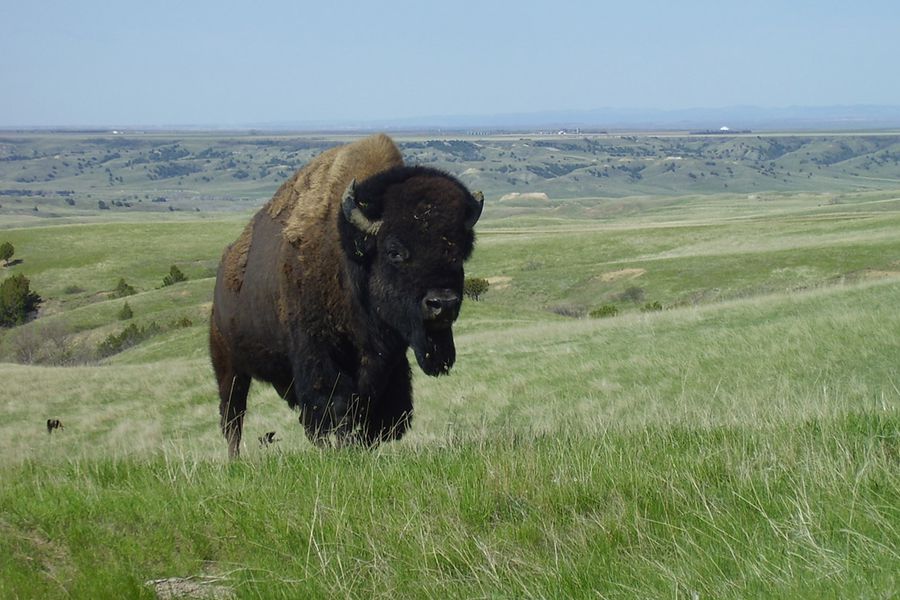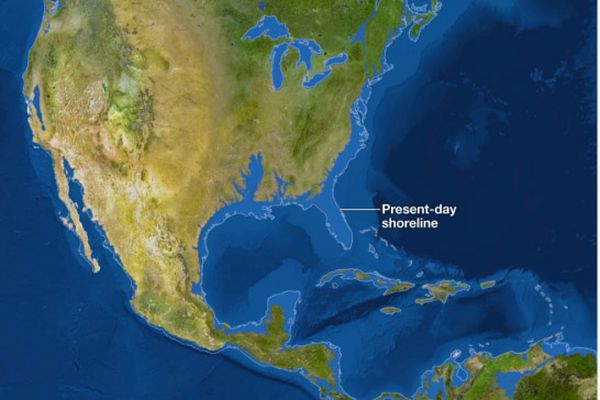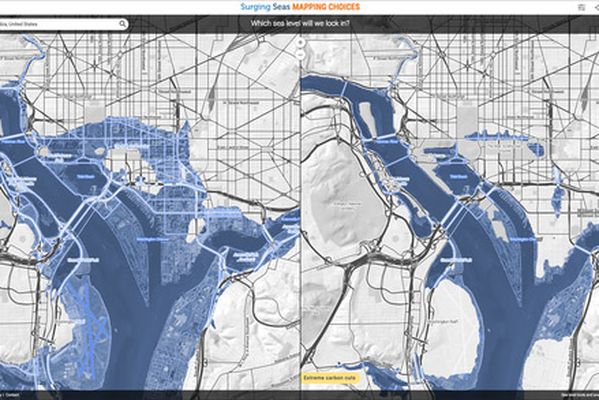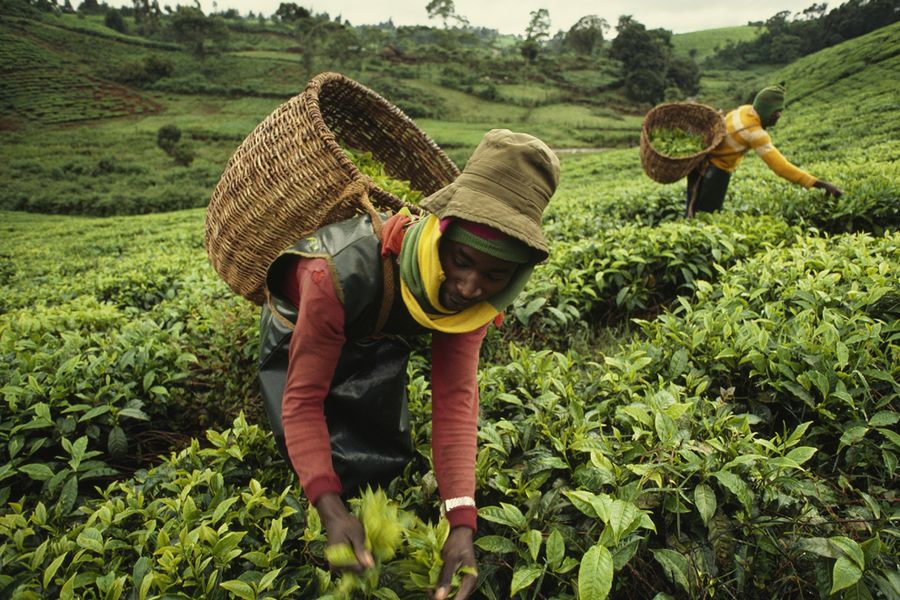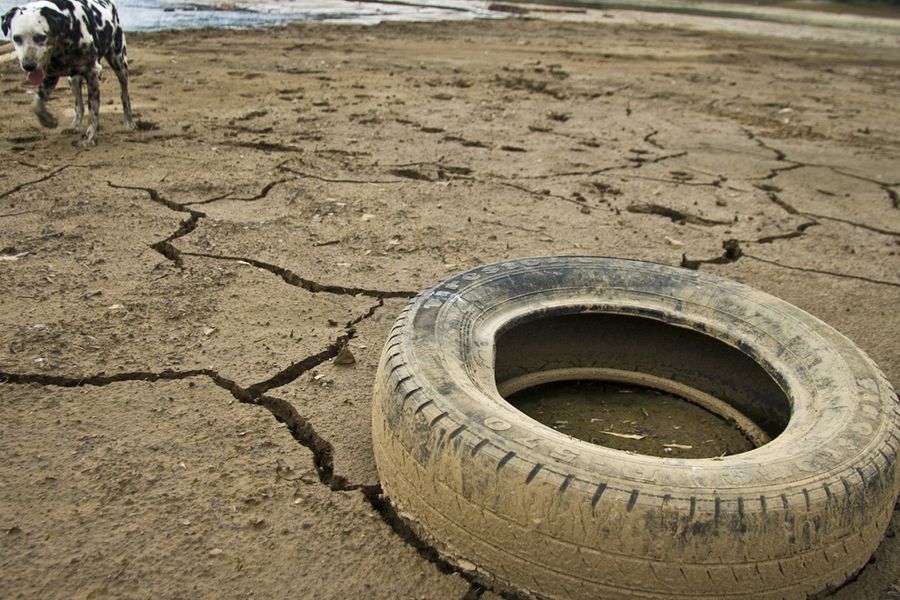COLLECTIONS
CLIMATE CHANGE
Climate is the long-term pattern of weather in a particular area. Weather can change from hour to hour, day to day, month to month or even from year to year. For periods of 30 years or more, however, distinct weather patterns occur. A desert might experience a rainy week, but over the long term, the region receives very little rainfall. It has a dry climate.
Global warming is often linked to the burning of fossil fuels—coal, oil, and natural gas—by industries and cars. Warming is also linked to the destruction of tropical forests. Such human activity has increased the amount of carbon dioxide in the atmosphere by more than 20 percent in the past 100 years.
The climate has changed many times during Earth’s history, but the changes have occurred slowly, over thousands of years. Only in the past several centuries have human activities begun to influence climate—and scientists are still struggling to understand what the consequences will be.
CLASSROOM ACTIVITIES
Climate change is a complex and multi-faceted issue, with global and local implications. Let us help you tackle it in the classroom with activities designed to make it both relevant and understandable for students across grade levels.
Students prepare a news report that highlights problems facing coastal communities and how climate change might affect coastal populations.
Students investigate issues of energy use in the Americas that are related to energy consumption, carbon emissions, and population size. They map and graph the information and then analyze it.
Students explore the relationships between ocean surface temperature and levels of atmospheric carbon dioxide and water vapor.
This collection of activities, case studies, and interactive maps provides students with a holistic picture of the current state of the Amazon rain forest.
MAPPING CLIMATE CHANGE
Head over to MapMaker Interactive to create your own visualizations of climate change using our pre-formatted layers. Get started with the “Human Footprint” layer, and dive deeper with “Alternative Energy Use,” “Climate Zones,” and “CO2 Emissions.”
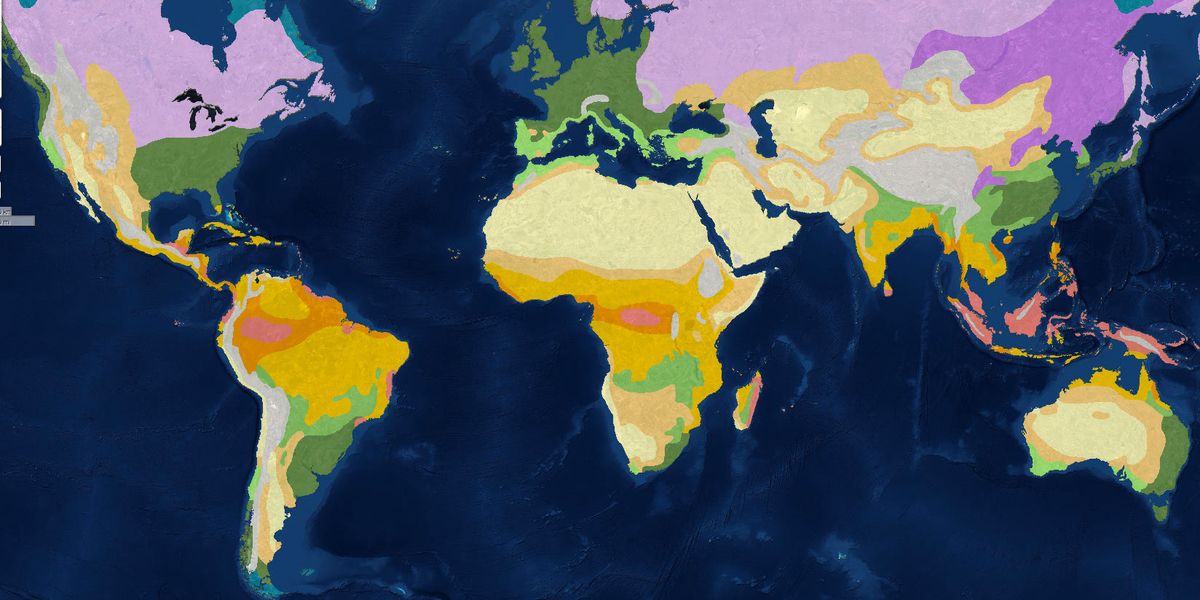
READ ABOUT IT
How will climate change affect biodiversity on land and in the water? Can certain plants act as bulwarks against a warming climate? What are the leading climatologists and scientists saying? Find answers to these questions and more with our best articles about climate change.
Ancient cod bones carry a modern warning for a world with a rapidly changing climate—as sea levels rise, so do levels of mercury in the food web.
What do coral reefs and cement have in common? How can they slow global warming? Find out!
Learn the risks our world’s coral reefs are facing and what they mean for our future and the future of the ocean.

